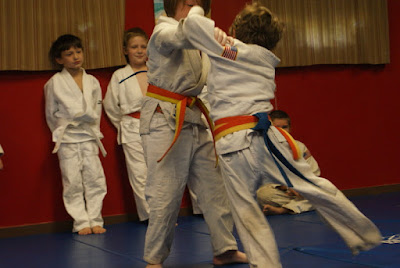You can't steer a bicycle while it's standing still, but once it starts moving forward it has pretty good maneuverability. You can't learn to ride a bike without doing it badly for a while. You could spend 15-20 years studying bike riding, learn every detail of the physics of torque and angular momentum, the physical properties of the alluminum frame, the chemical compisition of the rubber in the tires, the intricate details of the manufacture. You could study the anatomy and physiology and biomechanics and kinesiology of the legs and hips and their interaction with the cardiorespiratory system and metabolism and on and on and on. But at the end of that 15-20 years you still will not have gotten any bike riding done.
..
Pretty much every discipline in the world works this way - the process has to be kicked off and develop some momentum before it can be can be steered or optimized or "done properly." Why do you think doctors and lawyers are still practicing medicine and law after they graduate from school?
.
Aikido and judo are like this. So is learning to teach aikido and judo. You won't get it right, but you cannot let that stop you from starting.
.
Don't worry about screwing it up - start now and you can optimize it later.














